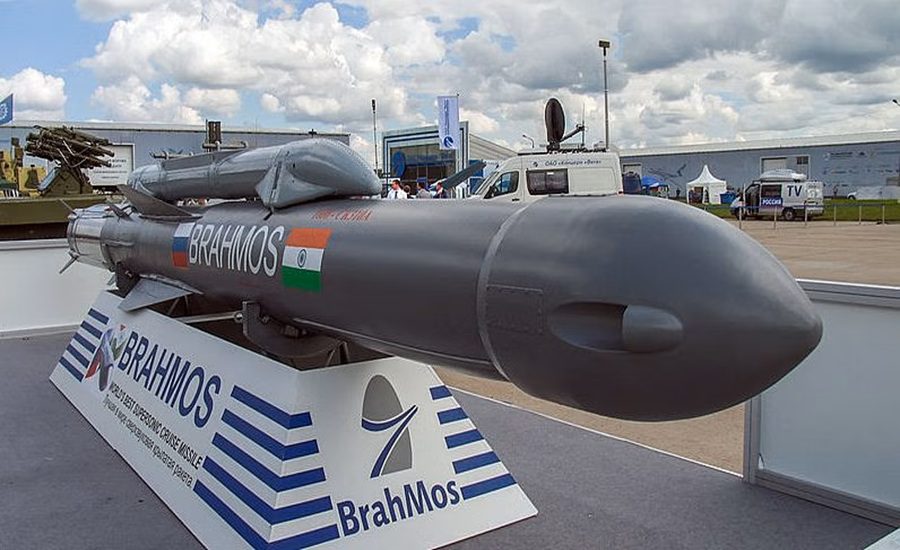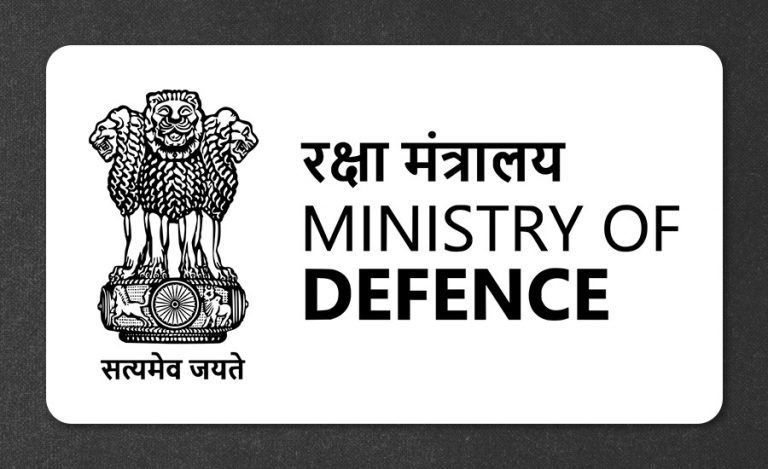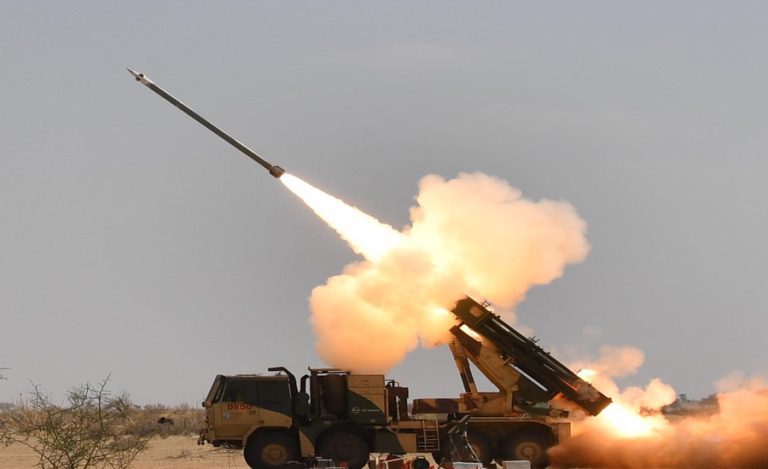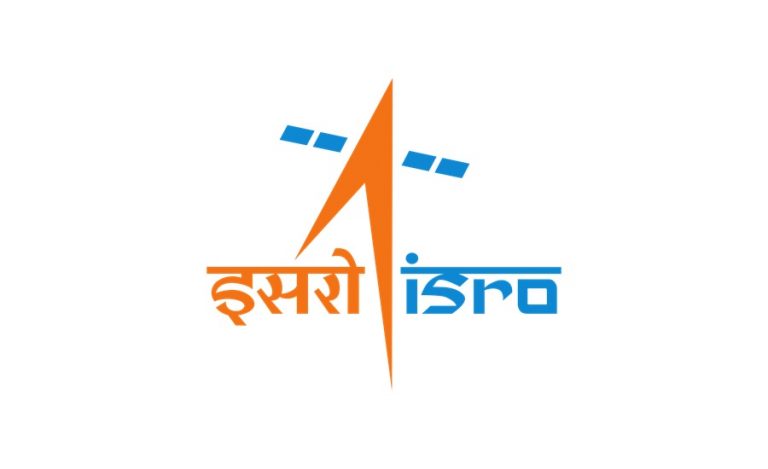New Delhi/ Moscow: The BrahMos‑II programme is a next-generation hypersonic cruise missile under development by the Indo-Russian joint venture BrahMos Aerospace.
According to recent reporting, the approval for this advanced weapon system is approaching, signalling that India’s defence procurement architecture is moving rapidly to secure cutting-edge capability.
BrahMos-II Missile: Next Level Cooperation between India and Russia
With a planned speed of up to Mach 7 and an estimated range of around 1,500 km, BrahMos-II is designed to deliver deep-strike precision against land and maritime targets. The development path began with concept and feasibility studies and has progressed through ground testing of scramjet modules and high-speed propulsion components.
Read Also: India Russia R-37M Missile Talks Advances to Arm Su-30MKI fighters
This deal marks a significant moment in India’s strategic posture — amid rising regional tensions with multiple fronts — and reflects the ongoing defence tie-up between New Delhi and Moscow. It also comes in the broader context of India’s layered missile and air-defence architecture upgrades, including the earlier S‑400 Triumf deal with Russia.
Importance of BrahMos-II Missile Deal
Strategic Edge & Deterrence: In an era where aerial and missile threats are multiplying, India’s acquisition of a hypersonic missile like BrahMos-II will significantly enhance its first-strike and deterrence capabilities. Its range and speed mean fewer reaction windows for adversaries and a credible capability to hit high-value targets deep within contested zones.
Strengthening Indo-Russian Defence Partnership: The deal underscores that despite global shifts and sanctions regimes, India continues to value its long-term partnership with Russia in defence manufacturing and strategic technologies. This continuity sends a message of autonomy in foreign policy and security planning.
Technology Leap & Indigenous Growth: The collaboration brings together Russian hypersonic propulsion expertise and Indian systems integration, avionics, and seeker technologies. This fusion not only boosts India’s capability but also promotes domestic manufacturing and high-tech defense ecosystem growth.
Geopolitical Signalling: By pursuing such advanced weaponry, India is projecting its intent to defend its interests decisively in the Indo-Pacific region. At the same time, it signals to neighbouring states that India’s military capability is moving beyond traditional boundaries.
BrahMos-II Missile Deal Details & Timeline
Deal timeline: The project approval is anticipated by the end of 2025, paving the way for prototype integration trials in late 2026.
Flight testing is projected to begin around 2027-28, leading to full induction by approximately 2031.
The missile’s specifications: up to Mach 7 speed, estimated 1,500 km range, capable of land, sea (ship/submarine) and potentially air launch variants in future.
While the public contract value is less frequently disclosed in media for BrahMos-II, earlier similar deals (e.g., S-400 re-stocking) are in the ~$1.1 billion range.
Impact & What to Watch
Regional security dynamic: This missile will shift contours of strike capability in South Asia and the broader Indo-Pacific.
Sanction risks: Although this is a joint project, India remains vigilant about exposure to mechanisms like the U.S. Countering America’s Adversaries Through Sanctions Act (CAATSA).
Integration and deployment: The actual fielding of BrahMos-II will require logistical, training and platform-integration efforts — something analysts will closely watch.
Next-gen follow up: The deal may be a precursor to even more advanced projects (e.g., potential S-500 or indigenous hypersonic weapons).



























